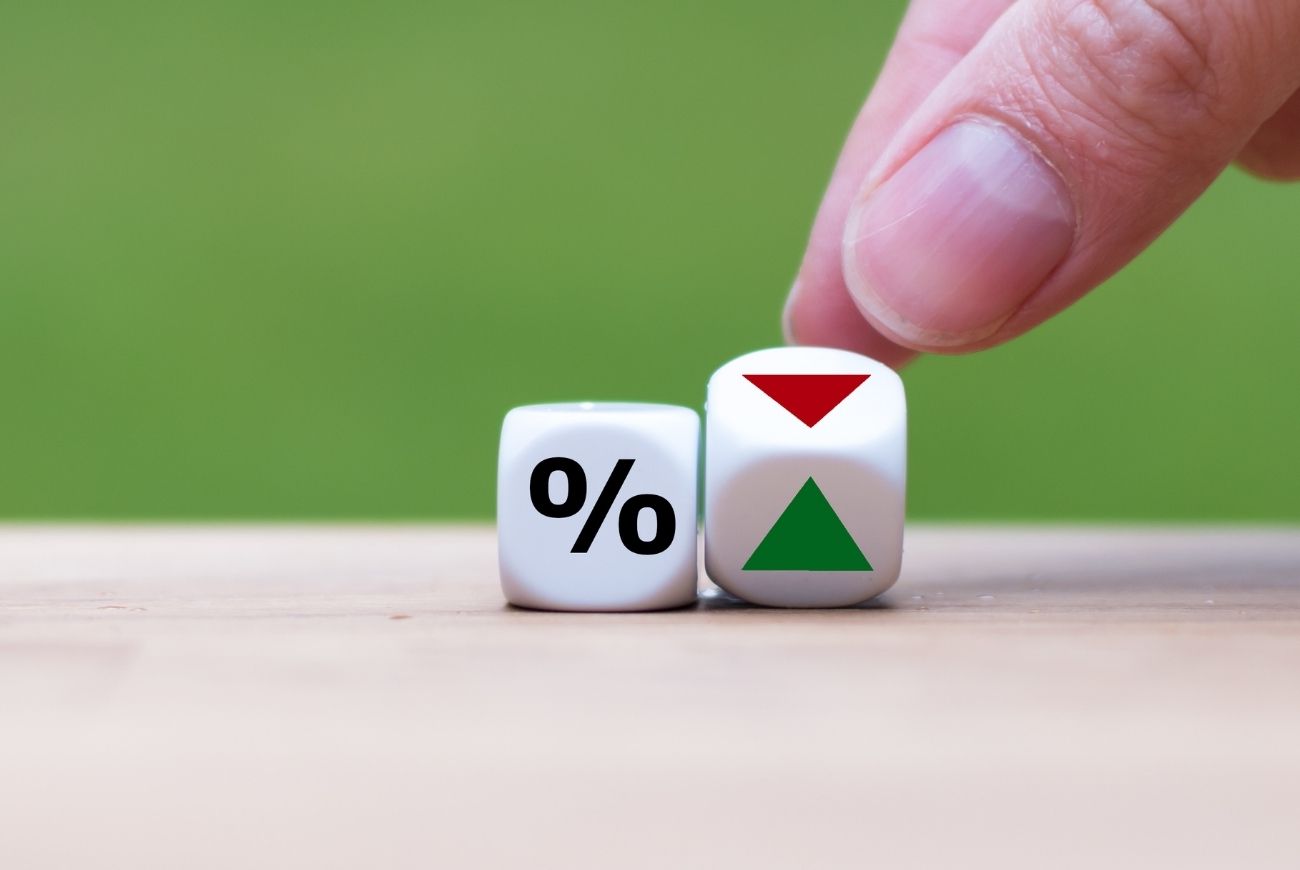Positioning a Portfolio During Rising Interest Rates
March 2021 was profitable for equity investors, with the S&P 500 advancing more than 4%. The path to get here has been volatile, however, something we suggested may occur at the outset of the year. Volatility was particularly evident in the U.S. Treasury markets, which saw rates dance along in a “two steps forward, one step back” pattern, which served as a catalyst for wider swings in equities. Investors watching closely likely observed that a subset of stocks appeared more sensitive to the movements of interest rates.
Stocks vs. Interest Rates
To understand the link between rates and stocks, requires stepping back from stock trading to focus on the fundamentals of investing. The intrinsic value of any investment is equal to the present value of its expected cash flows. Some companies, we will call them “Cash Cows,” have higher expected cash flows currently but are expected to grow more slowly. Other companies, we will call them “Star Growers,” have low to no current cash flows but are expected to grow much faster. As rates rise, the Cash Cows are less impacted than Star Growers, as the discount rate has a larger impact on future cash flows. As an example, consider two simplified, hypothetical investments:
- The first company is expected to generate $10,000 per year of cash flow over the next 10 years.
- The second, is forecasted to generate no cash flow for the first 9 years but is expected to generate $110k of cash flow in year 10. Its total cash flow is higher when compared to the Cash Cow, but the investor must wait longer to receive it.
Cash Flow Today vs. Cash Flow Tomorrow
Which is better? Ignoring the time value of money, the investor should clearly choose the Star Grower, which will generate $10,000 more in total profit over the 10-year period. However, if we appropriately discount those future cash flows, a rational investor may come to a different conclusion. In our example, a 3% discount rate suggests that the investor should purchase the Cash Cow rather than wait for the future, higher earnings of the Star Grower. The rationale is simple. A dollar today is worth more than a dollar next year and is worth significantly more than a dollar ten years from now.
The discount rate is a function of two inputs: the risk-free rate and the equity risk premium (ERP). The former is easy to quantify and is often measured by U.S. Treasuries, which have a very low probability of default. The latter input’s calculation is more art than science as investors must infer the extra return required to take on additional uncertainty. As the economy improves, a major source of uncertainty diminishes allowing the ERP to move lower.
Positioning a Portfolio
For most of last year, very low interest rates drove investors into the highest-flying growth companies. The increase in rates experienced over the last several months, however, has prompted some investors to rebalance some of their portfolios into more Cash Cow-like businesses. We should point out that even as rates are rising, they remain near historically low levels. This low level of rates challenges the view that the growth-to-value rotation is due entirely to U.S. Treasury rate movements. Instead, we suggest that investors may be applying a higher ERP to perceived “safe,” stay-at-home stocks, which, coincidentally, are also are Star Growers, versus what they use for economically sensitive businesses. Assuming the Federal Reserve is successful at keeping interest rates low for the next several years, a balanced portfolio of growth and value stocks may work well for investors moving forward.
